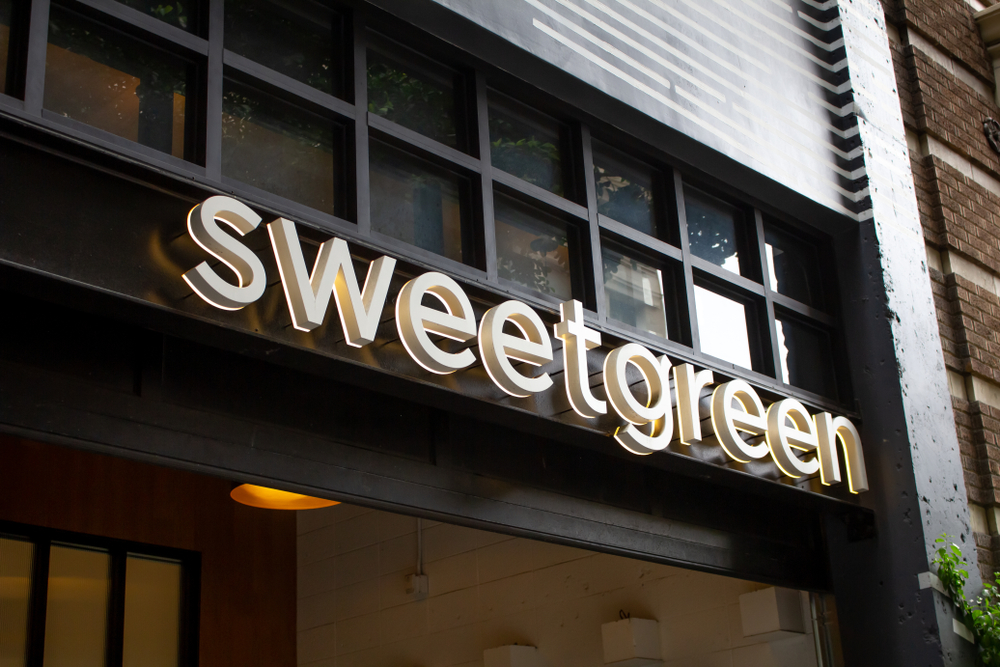Sweetgreen Says Subscriptions Only Effective if They Reach Beyond Superfans

As restaurants look to subscription commerce to drive loyalty, fast-casual salad and bowl chain Sweetgreen notes that the model is only effective if it can appeal to those who are not already highly loyal.
In an interview with PYMNTS, Daniel Shlossman, the brand’s chief marketing officer, explained that, for subscriptions to be cost-effective for restaurant brands, they must appeal to those across the loyalty spectrum.
“You don’t just want your paid members to be folks who are already visiting three, four or five times a month,” Shlossman said. “If you’re doing that, and they don’t increase their frequency, you’re just basically discounting for the sake of discounting,”
The chain recently brought back its subscription, initially launched in early 2022, whereby consumers pay $10 a month for up to one $3 discount a day off an order, with the addition of a few extra perks, having noted in the initial pilot that the program did indeed reach many different kinds of customers.
Now, the brand offers both the paid subscription and its free rewards program, through which consumers get offers in exchange for completing personalized “challenges.”
“Our model of trying to combine a free plus a paid tier … makes this really unique,” Shlossman explained. “There aren’t many out there that are trying to do both of those. I see it as — there’s two very different customer types. There’s probably a lot more than that. But that you need to have different solutions for each.”
Certainly, paid subscriptions can be a highly effective way to reach a group of restaurants’ most loyal customers, but that segment represents only a small share of restaurants’ total customer base.
PYMNTS’ study “Digital Divide: Restaurant Subscribers and Loyalty Programs,” which drew from a survey of more than 2,000 U.S. consumers, found that 17% of consumers are “very” or “extremely” interested in being provided a restaurant subscription service, and 25% are neutral to the concept. Conversely, the majority of consumers (58%) reported being just slightly interested or not interested at all in participating.
Yet, those who are interested are the most likely to become super fans. The study found that 78% of subscribers and 73% of those interested in subscriptions reported being very or extremely loyal toward their preferred QSRs. Conversely, just 41% of those who are uninterested in subscriptions said the same.
There is a far greater demand for free loyalty programs. According to data from PYMNTS’ March study, “Connected Dining: Consumers Like the Taste of Discount Meals,” based on a February survey of more than 1,800 U.S. consumers, 51% reported using a restaurant loyalty program, with 49% participating in these programs at quick-service restaurants (QSRs) and 34% at full-service restaurants (FSRs).
With the ongoing demand for free loyalty programs, Sweetgreen has had to rethink its approach, shutting down its flat points-per-dollar program in March 2021.
“We have really seen some of the negatives of what very basic points-based programs can do, where a year down the line, when consumers are too rich in terms of their rewards, those restaurants have to degrade the program value, and you’ve seen customer backlash,” Shlossman said, highlighting Starbucks as an example. “The rewards and challenges mechanism gives us that ability to really target different offers to different types of customers.”
